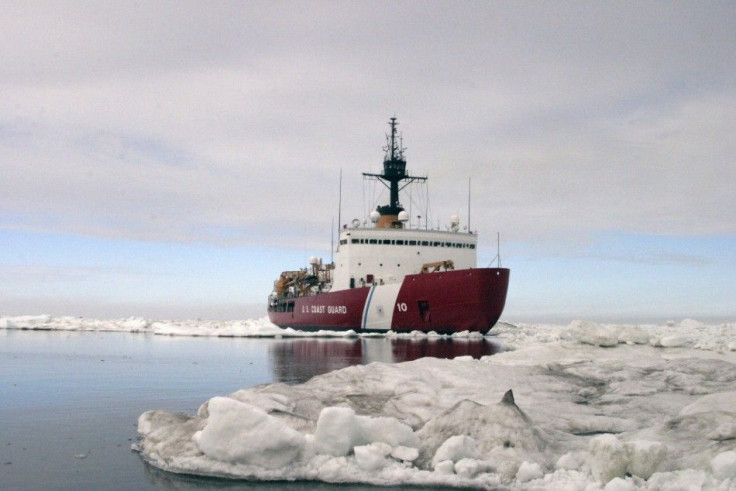Winter Has Come; Snow Covers Half Of US

Winter has come and the snow has taken over half of US. A model from the National Operational Hydrologic Remote Sensing Center in Minnesota estimated that the snow cover on Nov 17 across 48 states was about 50.4 percent and on Nov 18, dropped to 50.2.
According to Bloomberg, a few days before the snow cover was estimated, Amarillo in Texas had received 2.5 inches, Dodge City in Kansas received 2.1 and Paducah in Kentucky received 1.6. Anders Nilsson, a software engineer at the National Operational Hydrologic Remote Sensing Center, said that it was the earliest that the halfway mark had passed since they began estimating the snow cover in 2008. He said it usually crosses the halfway mark in December.
Tom Kines, a meteorologist at AccuWeather Inc., said that the reason why the percentage of snow cover was so high was because US was in a cold weather pattern. He said that it was unusual for that time of the season. He said that when he looked at snow falling in the Ohio River Valley and when he looked at the calendar as well, he paused for a while. He said it was very unusual to get snow before Nov 20 in the Ohio River Valley.
Matt Rogers, the president of Commodity Weather in Maryland. and Michael Schlacter at Weather Inc. in New York had differing views about November being used as a predictor for the entire winter. Rogers said that it cannot, while Schlacter said that it can.
Schlacter said that the Arctic and North Atlantic oscillation might shift to their negative phases which will result in a cold air spill out of the polar region. He said that one of the reasons that can enhance the colder conditions was drought.
A meteorologist at Weather Services International in Massachusetts, Todd Crawford, said that since the ground was covered in snow, it resulted in a sharply lower temperature at a given location, which in turn, resulted in a much higher heating demand. He continued that the snow cover was reflecting a lot of sunlight back into space. He went on to say that since solar radiation is not being used to heat the ground or to lower the atmosphere, energy is getting wasted which resulted in a cooler atmosphere.




















